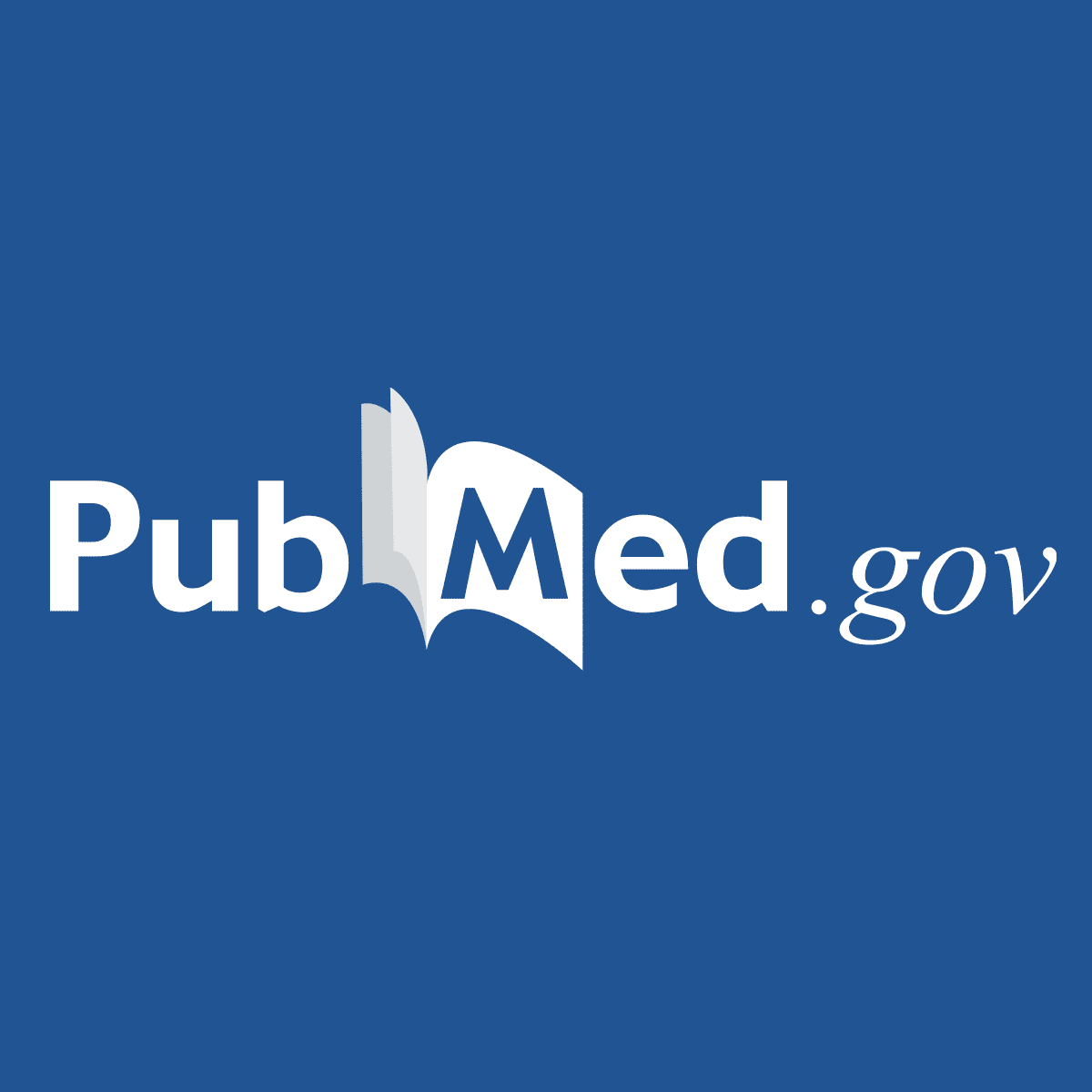Rinse & rePeat
Member
- Joined
- Mar 10, 2021
- Messages
- 21,516
“A progesterone deficiency has often been associated with increased susceptibility to cancer, and progesterone has been used to treat some types of cancer.” -Ray Peat
Follow along with the video below to see how to install our site as a web app on your home screen.
Note: This feature may not be available in some browsers.
Click Here if you want to upgrade your account
If you were able to post but cannot do so now, send an email to admin at raypeatforum dot com and include your username and we will fix that right up for you.

I did a few searches for "multiple myeloma and thiamine". Found a few things of interest I'd like to share:My husband had this blood test taken under stressful conditions from a spinal compression fracture, that originally happened from a golf swing. He thought it was just a pulled muscle and went about his business in pain, hoping for it to heal. When it didn't after two months he went to a highly touted back surgeon, who has 5 clinics, and he did 2 x-rays and said his back looked healthy and that there was no cancer. Five weeks later my husband drives himself to the hospital in pain to find that he had two back fractures. A blood test was sent out to Mayo Clinic and was labeled "Smouldering Myeloma" by somebody at the clinic or hospital, I don't know, but the Oncologist at the hospital says he has Myeloma. There has been so many conflicting opinions and dropping the ball with his health, with every twist and turn, this last couple of months, and so much pressure from doctors wanting his business, suggesting a bone marrow transplant, stem cell and gene therapies, before ever meeting him or doing a biopsy. He had a blood test and urine analysis done two weeks earlier at Urgent Care owned by the same hospital with elevated proteins showing up in his urine, which they diagnosed as kidney stones, which was confirmed to be true at the hospital. Can any person on this forum tell anything for certain from his blood test without further testing and a third opinion?



I did a few searches for "multiple myeloma and thiamine". Found a few things of interest I'd like to share:
Type B Lactic Acidosis Associated With Multiple Myeloma Type B Lactic Acidosis Associated With Multiple Myeloma
also this: Thiamine deficiency as a cause of lactic acidosis | Deranged Physiology
Lactic acidosis (aka Warburg's Cancer Metabolism) is caused by thiamine deficiency/functional blockage. Thiamine supplementation lowers lactic acid. Carbon dioxide lowers lactic acid (think acetazolomide); thiamine supplementation increases carbon dioxide very well (probably better than acetazolomide) because it optimizes oxidative metabolism which has carbon dioxide as the end product instead of lactic acid.
also this: Targeting IL-17A in multiple myeloma: a potential novel therapeutic approach in myeloma - PubMed
"We have previously demonstrated that interleukin-17A (IL-17) producing T helper 17 cells are significantly elevated in blood and bone marrow (BM) in multiple myeloma (MM) and IL-17A promotes MM cell growth via the expression of IL-17 receptor."
consider the above info with this one: IL-17, Inflammatory Diseases and the One Vitamin That May Help
"Thiamine Can Limit TH-17 Proinflammatory Response, Potentially Inhibiting IL-17
The following new study from March 2021 below shows for the first time that Thiamine, also known as vitamin B1, is a potent inhibitor (four-fold inhibition) of IL-17 and, of course, the other inflammatory cytokines that are also released right along with IL-17!"
(link provided) https://www.ncbi.nlm.nih.gov/pmc/articles/PMC7960760/
If you search for "thiamine and cancer" you will find articles warning about thiamine causing cancer and also articles that say high dose thiamine is anticancer and also articles that say the action of thiamine on cancer being dose dependent and that low dose thiamine gives cancer what it needs to grow but high dose cancer is anti-carcinogenic.
"The objectives of this review are to (a) explain the mechanism by which thiamine (vitamin B1) promotes nucleic acid ribose synthesis and tumor cell proliferation via the nonoxidative transketolase (TK) pathway; (b) estimate the thiamine intake of cancer patients and (c) provide background information and to develop guidelines for alternative treatments with antithiamine transketolase inhibitors in the clinical setting. Clinical and experimental data demonstrate increased thiamine utilization of human tumors and its interference with experimental chemotherapy. Analysis of RNA ribose indicates that glucose carbons contribute to over 90% of ribose synthesis in cultured cervix und pancreatic carcinoma cells and that ribose is synthesized primarily through the thiamine dependent TK pathway (> 70%). Antithiamine compounds significantly inhibit nucleic acid synthesis and tumor cell proliferation in vitro and in vivo in several tumor models. The medical literature reveals little information regarding the role of the thiamine dependent TK reaction in tumor cell ribose production which is a central process in de novo nucleic acid synthesis and the salvage pathways for purines. Consequently, current thiamine administration protocols oversupply thiamine by 200% to 20,000% of the recommended dietary allowance, because it is considered harmless and needed by cancer patients. The thiamine dependent TK pathway is the central avenue which supplies ribose phosphate for nucleic acids in tumors and excessive thiamine supplementation maybe responsible for failed therapeutic attempts to terminate cancer cell proliferation. Limited administration of thiamine and concomitant treatment with transketolase inhibitors is a more rational approach to treat cancer."
High Dose Vitamin B1 Reduces Proliferation in Cancer Cell Lines Analogous to Dichloroacetate
The dichotomous effect of thiamine supplementation on cancer cell growth is characterized by growth stimulation at low doses and growth suppression at high doses. Unfortunately, how thiamine reduces cancer cell proliferation is currently unknown. Recent ...www.ncbi.nlm.nih.gov
"The role of thiamine in cancer is controversial. However, thiamine deficiency may occur in patients with cancer and cause serious disorders, including Wernicke's encephalopathy, that require parenteral thiamine supplementation. A very high dose of thiamine produces a growth-inhibitory effect in cancer. Therefore, further investigations of thiamine in cancer are needed to clarify this relationship."
The role of thiamine in cancer: possible genetic and cellular signaling mechanisms - PubMed
The relationship between supplemental vitamins and various types of cancer has been the focus of recent investigation, and supplemental vitamins have been reported to modulate cancer rates. A significant association has been demonstrated between cancer and low levels of thiamine in the serum...pubmed.ncbi.nlm.nih.gov
finally, this one:
"In light of our knowledge regarding alterations of thiamine homeostasis in cancer, the impact of thiamine supplementation on cancer growth has received minimal research attention. In 2001, Comin-Anduix et al. evaluated the effect of increasing thiamine supplementation in multiples of the RDI on an Ehrlich ascites tumor-mouse model [58]. Their findings indicated a statistically significant stimulatory effect of thiamine supplementation on tumor growth compared to non-supplemented controls. Moderate doses of 12.5 to 37.5 times the RDI had the greatest stimulatory effect, peaking at approximately 250% greater tumor cell proliferation with 25 times the RDI. Interestingly, at values above 75 times the RDI, no change was found in tumor cell proliferation, and a slight decrease was found at 2,500 times the RDI. This observation suggests that there is a specific range in which thiamine supports proliferation."
Linking vitamin B1 with cancer cell metabolism
The resurgence of interest in cancer metabolism has linked alterations in the regulation and exploitation of metabolic pathways with an anabolic phenotype that increases biomass production for the replication of new daughter cells. To support the increase ...www.ncbi.nlm.nih.gov
Please post his response; I'm very interested in what he'll have to say. Please give him the links I found. Thanks!Thanks for posting this. It is so contradictory that I would be leery to go one way or the other. I am gonna ask Ray Peat what he thinks about. This is certainly something to consider!
I will!Please post his response; I'm very interested in what he'll have to say. Please give him the links I found. Thanks!
Please post his response; I'm very interested in what he'll have to say. Please give him the links I found. Thanks!
I did a quick search for "carbonic anhydrase and high dose thiamine". Here are some of the results:Rinse & rePeat:
“Good morning Dr. Peat! I am reading some controversial studies, this morning, about thiamine and cancer. On one hand they say they are finding cancer patients to be low in B1, but on the other hand they say a very high dose of it kills cancer. Do you know anything about this?”
RAY PEAT:
“Very big doses inhibit carbonic anhydrase, and the resulting increase of CO2 helps

 www.hormonesmatter.com
www.hormonesmatter.com
Thanks! I am going to pass some of this on to Philomath :)I did a quick search for "carbonic anhydrase and high dose thiamine". Here are some of the results:
Thiamine Is A Carbonic Anhydrase Inhibitor As Effective As Acetazolamide
After findings the studies on synergism between thiamine and acetazolamide, and their combined use in a number of diseases I became intrigued. Then the wild thought just came out of nowhere - what if thiamine was also a carbonic anhydrase inhibitor but at different isoenzymes and with different...raypeatforum.com
also this one seems on topic: Deficiency Of Vitamin B1 (thiamine) Can Cause The Cancer Metabolism
"The inhibition of carbonic anhydrase isoenzymes by high-dose thiamine and the resulting production of carbon dioxide could lead to reductions in fatigue and other symptomatic improvement through one or more of four potential pathways: (a) by reducing intracranial hypertension and/or ventral brainstem compression; (b) by increasing blood flow to the brain; (c) by facilitating aerobic cellular respiration and lactate clearance through the Bohr effect; or (d) by dampening the pro-inflammatory Th-17 pathway, again through the Bohr effect, potentially mediated by reductions in hypoxia-inducible factor 1."
New Developments in High-Dose Thiamine: The Legacy of Antonio Costantini - Hormones Matter
Antonio Costantini pioneered the use of high-dose thiamine for treating a range of neurological and inflammatory conditions.www.hormonesmatter.com
Although Ray has not written much about thiamine, he does mention it occasionally. Here's a collection of quotes: Ray Peat On Vitamin B1 - Thiamine
Rinse & rePeat:
“Good morning Dr. Peat! I am reading some controversial studies, this morning, about thiamine and cancer. On one hand they say they are finding cancer patients to be low in B1, but on the other hand they say a very high dose of it kills cancer. Do you know anything about this?”
RAY PEAT:
“Very big doses inhibit carbonic anhydrase, and the resulting increase of CO2 helps
more info: Carbonic Anhydrase Is A Key Driver Of Aging; Inhibiting It Is BeneficialRinse & Repeat:
“Is that high dose of thiamine effect for killing every cancer, like solid tumors as well as blood cancers and lupus?”
RAY PEAT:
“Other C.A. inhibitors such as acetazolamde are more effective.”